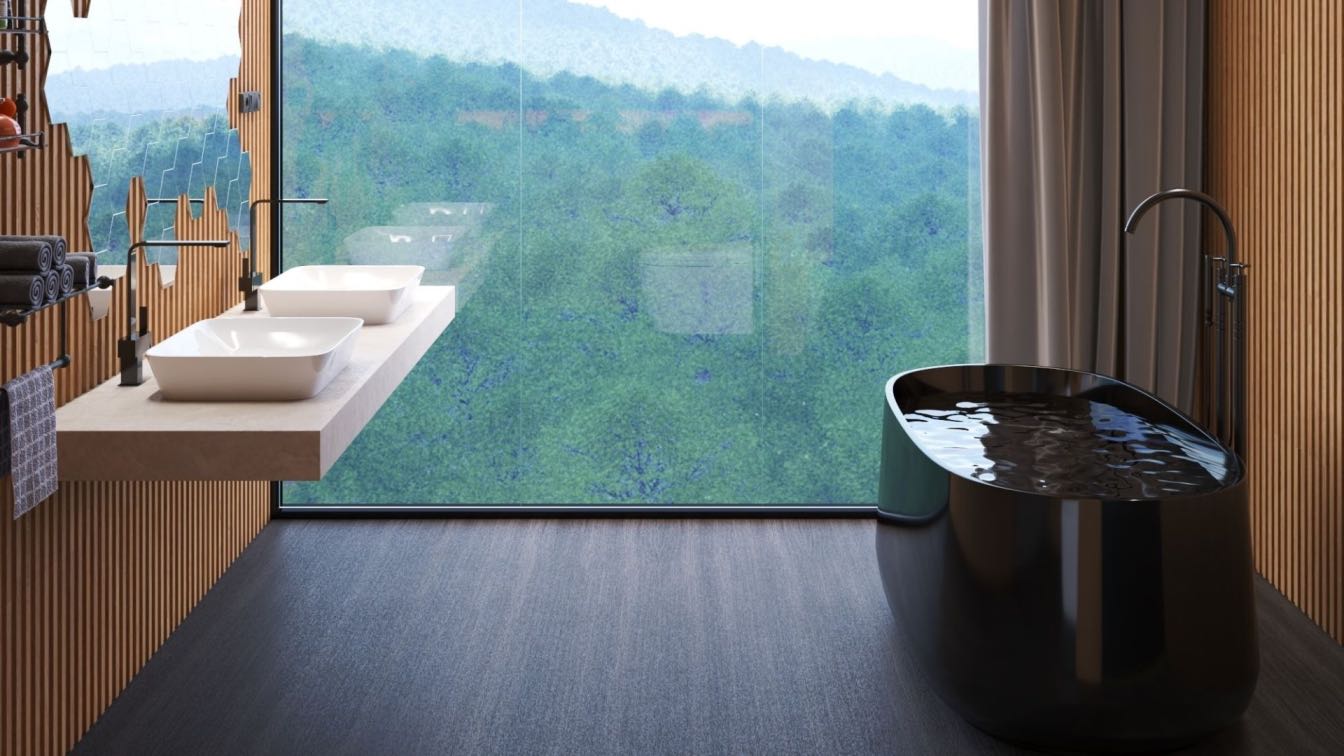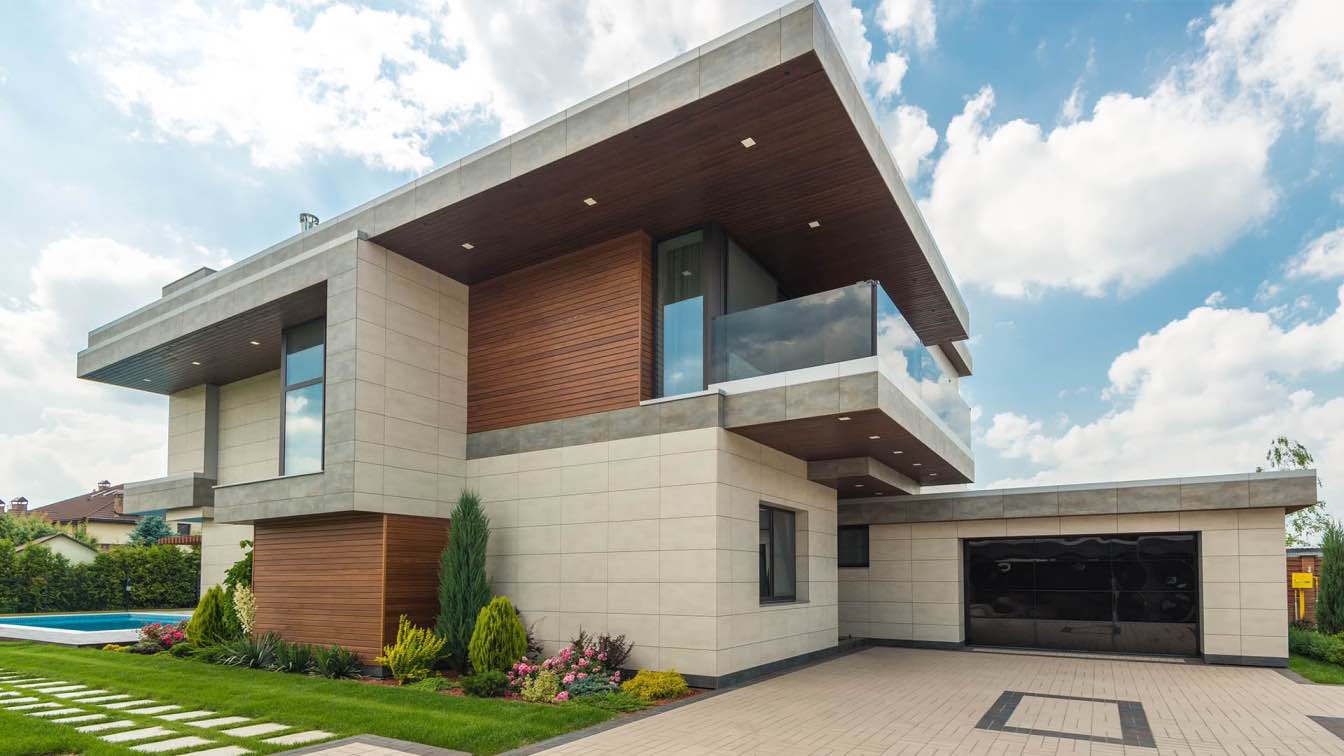Sports architecture goes beyond simple functionality, influencing both athlete performance and spectator experience while creating iconic landmarks that reflect the spirit of sports. These buildings shape the style and results of sports events, foster community pride, drive economic expansion, and enhance social engagement.
Modern sports facilities integrate advanced features like retractable roofs, climate control, and tailored playing surfaces to ensure optimal conditions for athletes. These technological improvements are essential for supporting athletes in delivering their best performances during crucial competitions.
Additionally, sports venues serve as more than just places for events; they become symbols of cultural identity and local pride. Famous stadiums such as Wembley in London are deeply connected with the city's sporting heritage. They draw visitors worldwide and trigger urban development, breathing new life into their surrounding areas.
The Evolution of Sports Venue Design
Historically, the architecture of sports stadiums focused predominantly on functionality, with a straightforward design that prioritized spectator capacity over aesthetics or comfort. The early 20th century, however, marked a shift towards more spectator-friendly designs, incorporating elements like individual seating and improved sightlines.
In recent decades, the design philosophy has transformed dramatically. Modern sports venues are conceived as comprehensive entertainment experiences extending beyond the game, incorporating retail spaces, restaurants, and even art installations. It reflects a broader trend of stadiums serving as hubs of community activity rather than just venues for sports events.
Architects now integrate cutting-edge technologies and innovative materials to create dynamic spaces that stand as iconic symbols in urban landscapes.
Integrating Technology and Function
In modern sports venue design, using the latest technology is crucial. Advanced sound systems, large LED screens, and comprehensive Wi-Fi networks are essential features that significantly enhance the spectator experience. These technologies are now standard, facilitating everything from seamless communication to real-time replays and interactions. Architects carefully plan the infrastructure required to support these technologies, from precise cabling and antenna placement to the structural support needed for heavy equipment.
Additionally, these venues are increasingly becoming hubs for entertainment beyond the traditional game-watching experience. Special play areas for children and fun activity zones for all ages make these venues family-friendly destinations. The availability of Wi-Fi throughout the stadium supports digital connectivity, allowing fans to engage in real-time with fantasy leagues at the best DFS sites while enjoying the live action.
Sustainability is also a key focus in the construction of new sports venues. Adopting energy-efficient lighting, solar panels, and rainwater harvesting systems reflects a strong commitment to environmental stewardship. These sustainable practices not only help reduce the ecological footprint of these massive structures but also often lead to significant long-term financial benefits, making them as economical as they are eco-friendly.
Safety and Accessibility: A Priority
Ensuring the safety and accessibility of all visitors is paramount in sports venue architecture. It involves planning to meet stringent regulations and standards, which dictate everything from the width of aisles and the number of exits to the strength of railings and the accessibility for individuals with disabilities.
Effective crowd management strategies are essential, especially in large venues that host tens of thousands of spectators. Innovative solutions like wider concourses, strategic exit routes, and advanced surveillance systems are implemented to manage the flow of people, ensuring safety without sacrificing ease of access or comfort.
The Aesthetic Appeal of Modern Stadiums
While functionality and safety are critical, sports venues' aesthetic appeal plays a vital role in their identity and legacy. Architects employ various strategies to design visually striking stadiums that reflect their location's culture and spirit.
Using innovative materials such as translucent polycarbonate panels or weathering steel allows for unique façades that can change appearance depending on the angle of sunlight or weather conditions.
Incorporating local art and cultural motifs can also embed the structure within its community context, making it a source of pride for local residents.
Conclusion
Sports venue architecture is a complex, dynamic field that blends art, science, and technology to create functional, safe, and inspiring spaces. Each venue presents its own set of challenges and opportunities, demanding a tailored approach that considers not just the immediate needs of spectators and players but also the long-term implications for the community and environment.
The success of a sports venue lies in its ability to remain flexible and relevant, adapting to evolving technologies and cultural trends while maintaining its integral role as a community landmark. Each new project shows the creativity and ingenuity of architects who push the boundaries of design to ensure that these structures continue to amaze and inspire.





